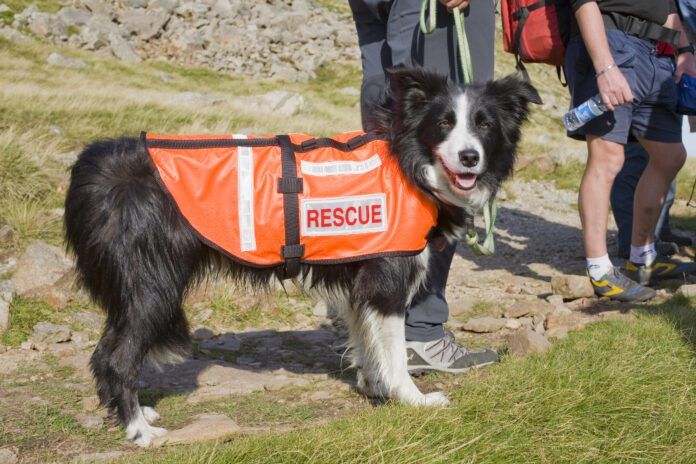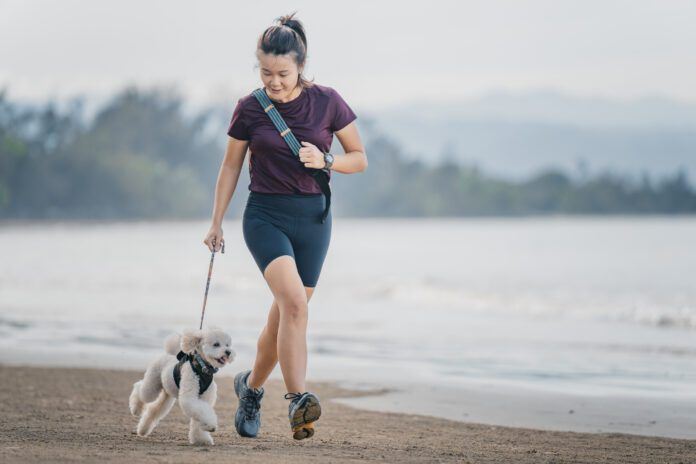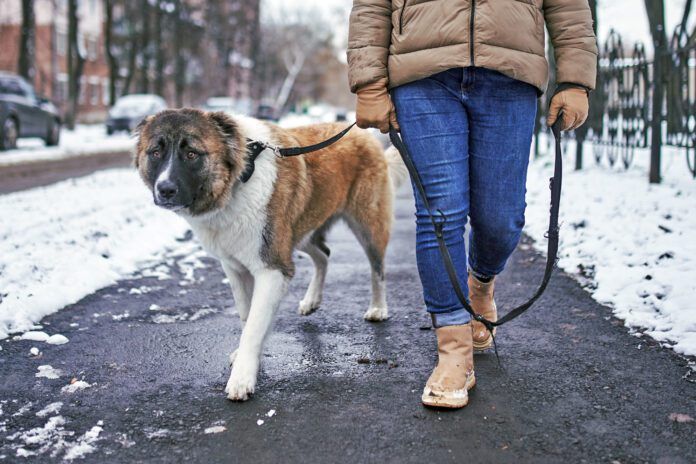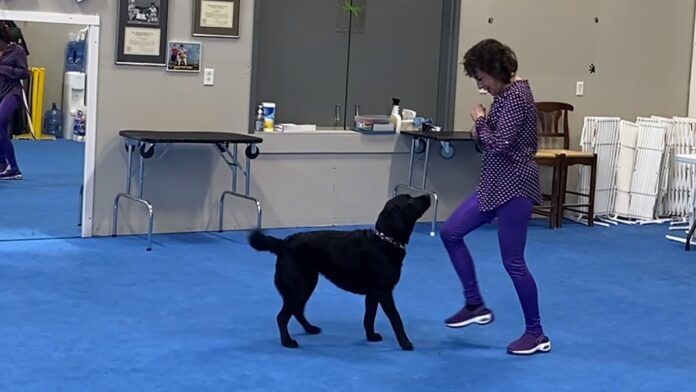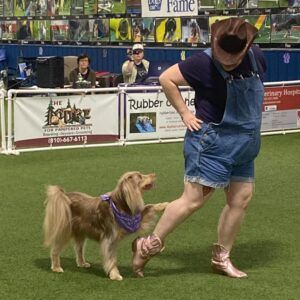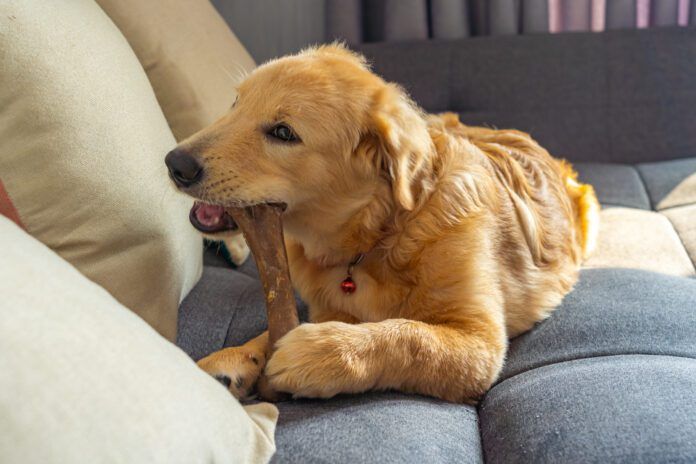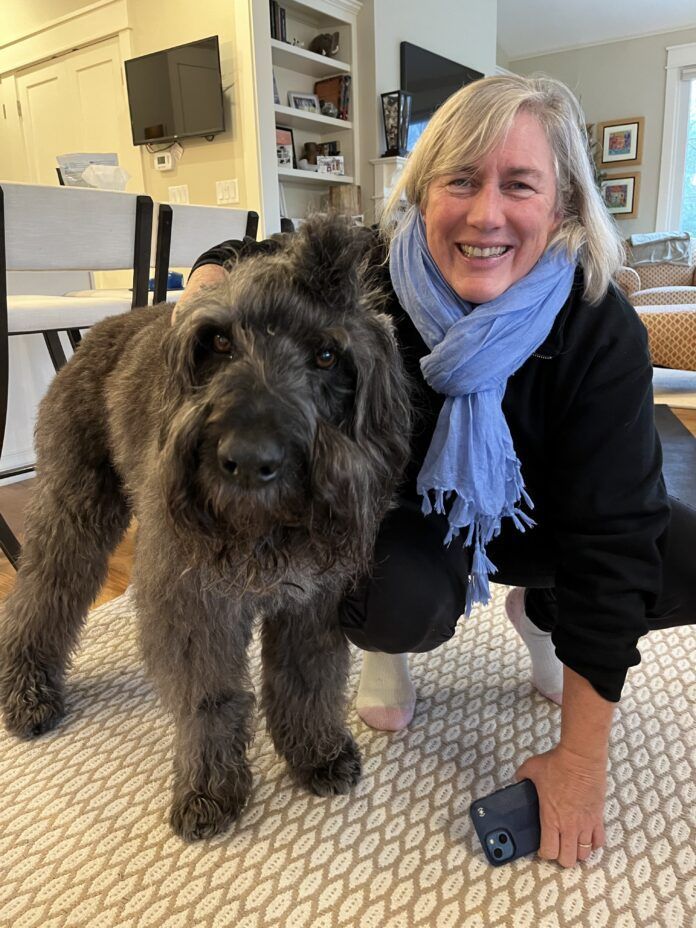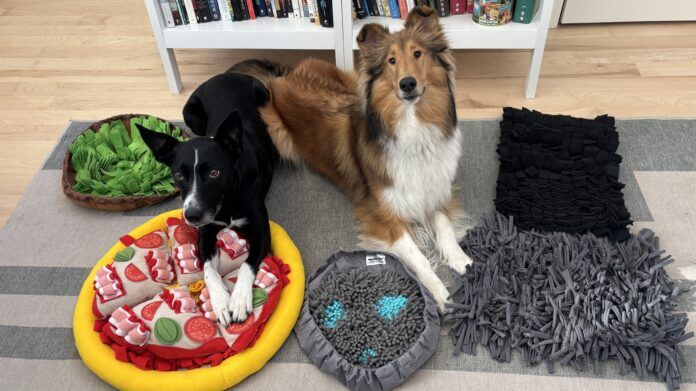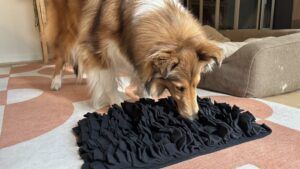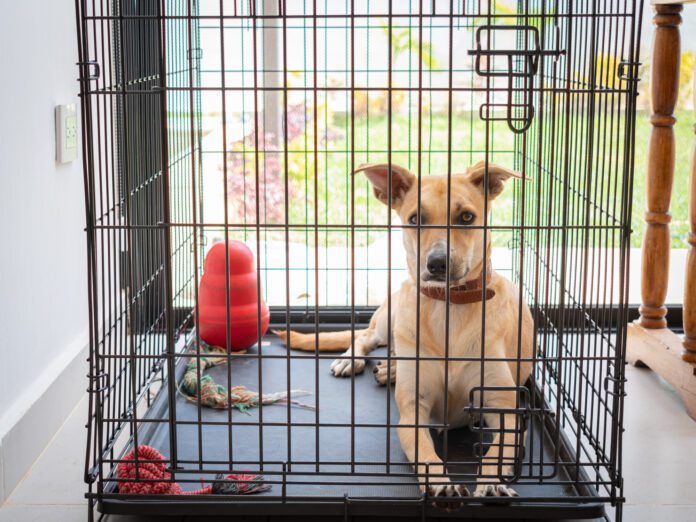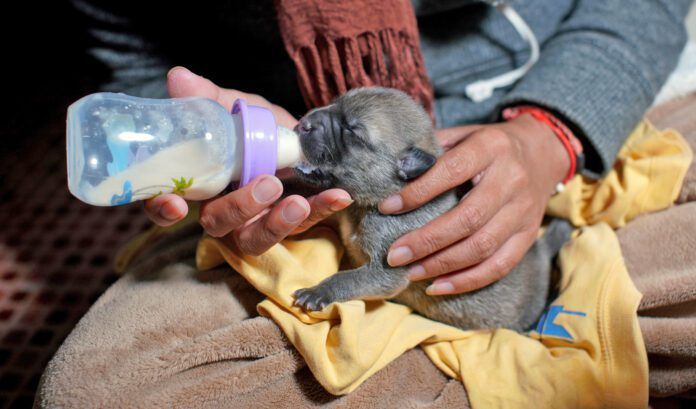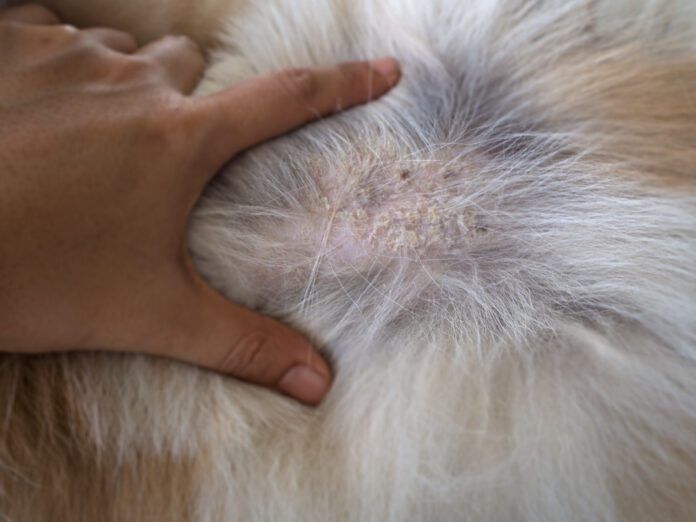She was the last living search and rescue dog who worked to find survivors at the Twin Towers after the September 11 attacks. At 16 years old and suffering from kidney failure, Bretagne entered a Texas animal hospital on June 6, 2016 to be euthanized; as she and her caretaker took the slow walk into the hospital, fire department first responders lined the sidewalk and saluted. After she died, a search and rescue team carried her out in a flag-draped coffin. As she passed, the line of firefighters took up their salute once again, wearing black mourning bands across their badges.
This beautiful Golden Retriever came from a long line of extraordinary dogs whose calling is to find humans who are lost, injured, or missing. These skilled, highly trained search and rescue dogs can often mean the difference between life and death, especially during mass casualty events, natural disasters, and when searching for missing persons.
History of Search and Rescue Dogs
It all started in the 17th century, when the St. Augustine monks at a monastery on Switzerland’s Great St. Bernard Pass acquired special dogs—now known as St. Bernards—to guard the abbey. The monks often needed to rescue travelers in the Alps and the dogs soon began to accompany them: first as foul-weather pathfinders and later as guides to locate missing persons.
During World War I, search dogs located injured soldiers on the battlefield; in World War II, dogs found victims buried in bombed-out buildings; we also saw search dogs in the Korean War, Vietnam, and modern conflicts. Today’s search and rescue dogs are part of teams that operate in counties and municipalities in every state. Sometimes, the county sheriff’s departments direct search and rescue operations; other times, these services are coordinated by agencies like the Coast Guard, state departments of emergency management, fire and rescue, or non-profit organizations.
Nationally, the Federal Emergency Management Agency (FEMA) oversees search dog teams specializing in detecting either survivors or deceased persons. As of 2023, FEMA had 280 teams focused on searching for survivors, and 80 teams that seek out human remains.
Search and rescue dogs can do these remarkable things because of one specific canine characteristic: scent. A dog’s sense of smell—as much as 100,000 times more powerful than ours—is thanks to a specialized olfactory organ inside their nasal cavity known as the Jacobsen’s organ. The nerves from this organ connect directly to the brain and can identify a range of odors that are completely undetectable to humans.
Categories of Search and Rescue Dogs
Search and rescue (SAR) dogs are generally categorized as either air-scenting or trailing. Air-scenting dogs follow airborne human scents until they locate the source of the smell. Once they lock onto the scent, they “indicate” with a bark or other physical cue; if their handler is too far away to hear or see them, they will return to the person and guide them to where they located the scent. Even in less-than-optimal conditions, these dogs can detect a scent source as far away as a quarter-mile. Cadaver dogs are specialized air-scenting dogs trained to detect the scent of deceased persons, and can locate bodies—whether above ground or buried—or even skeletal remains. These dogs can actually detect the difference between human and animal ash and can alert over century-old graves.
Trailing dogs follow the scent-trail of a specific person after being given an article of that person’s clothing or other personal item and will hunt for a trail that matches that scent. Some skilled trailing dogs can even follow a scent where the person has never touched the ground.
What Breeds Are Best for Search and Rescue?
Almost any breed or mix can be trained for SAR as long as the dog possesses the right qualities. Temperamentally, these dogs have strong prey, pack, and play drives and are highly intelligent. They are willing to learn, very well socialized with humans and other animals, and must be able to tolerate stressful situations, loud noises, and large crowds of people or other animals.
Physically, a SAR dog needs to be healthy, resilient, strong, and agile. One of the most important physical qualities of a SAR dog is balanced front- and rear-leg angulation (the angles formed by the meeting of bones at the hip and shoulder joint); equally crucial is a strong rear assembly (the hip, thigh, and rear limb of the dog), which is vital for jumping, climbing, and forward propulsion. These sorts of physical attributes are key to a dog’s ability to handle the physical stress of days-long deployments in perilous, unstable urban situations or extreme backcountry environments.
While a variety of breeds serve as SAR dogs, many are working breeds such as the Labrador Retriever, Golden Retriever, German Shepherd Dog, Border Collie, and Belgian Malinois.
Training a Search and Rescue Dog
Search and rescue dogs go through rigorous training that can last up to two years, often starting as young as 8 months old. Much of the time, training is done through the various search and rescue organizations. Puppies are introduced to tasks in a playful, relaxed manner; then as the dog matures, training becomes more demanding—between 20 and 50 hours a month—and includes everything from scent work to tracking to rubble search. Over the course of two years, the cost of training a single SAR dog can range upwards of $20,000.
SAR training is very different than your family dog’s training. One example is obedience: while most SAR organizations require that the dog pass an obedience test that meets or exceeds the AKC’s Canine Good Citizen test, beyond that, a SAR dog is taught what’s called “intelligent disobedience.” For instance, when a SAR dog indicates to the handler that they found something, but the handler dismisses it because of the environment or situation, the dog must disobey and persist in its alert until the handler investigates what the dog has found.
SAR handlers are also highly trained. Principles include land navigation, wilderness survival, radio communication, map reading, and the fundamentals of scent, often spotlighting the SAR team’s focus area such as avalanche rescue, cadaver detection, water search, or human tracking.
After initial training, the team undergoes stringent certification processes that ensure the dog and handler are equipped for search and rescue work. Most SAR organizations require periodic recertification that involves testing the team in specific search and rescue situations. FEMA, for instance, requires that their teams recertify every three years.
Dangers Faced by Search Dogs
Search and rescue dogs confront a myriad of hazards in their work. These can include everything from snake bites and wildlife encounters to dangerous waterways and extreme weather. Urban perils like falls, entrapment, heavy equipment, and traffic also present risks to SAR dogs.
People have long wondered if these dogs, like some of their handlers, suffer from Post Traumatic Stress Disorder (PTSD) as a result of their experiences in the field. Unfortunately, while it’s agreed that these highly stressful situations have the potential to cause anxiety in SAR dogs, the research is extremely limited and there’s no evidence that points to these dogs experiencing actual PTSD.
What we can say is that there’s clear evidence of acute stress in some search and rescue dogs during deployments. Also, while some SAR dogs show behavioral difficulties after deployment, there’s nothing pointing to any connection between the issues and deployment. However, more research is needed to assess behavioral consequences of disaster deployment in SAR dogs.
Susannah Charleson, certified search and rescue dog handler and author of Scent of the Missing, says that search and rescue dogs operate “in the thin air between the possibility of life and the probability of death.” These extraordinary canines illustrate why we consider dogs to be our best friends, working with and for us at human-generated catastrophes like explosions, building collapses, and mass casualty events, or those arising from the forces of nature such as floods, hurricanes, tornadoes, and fires.


